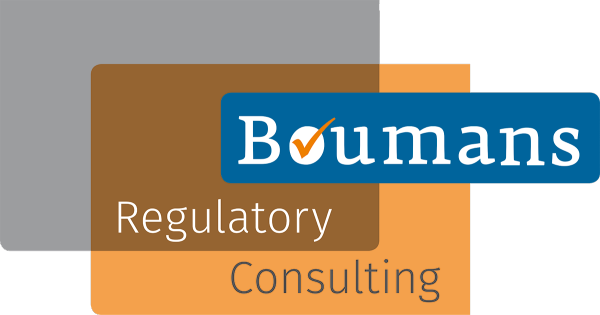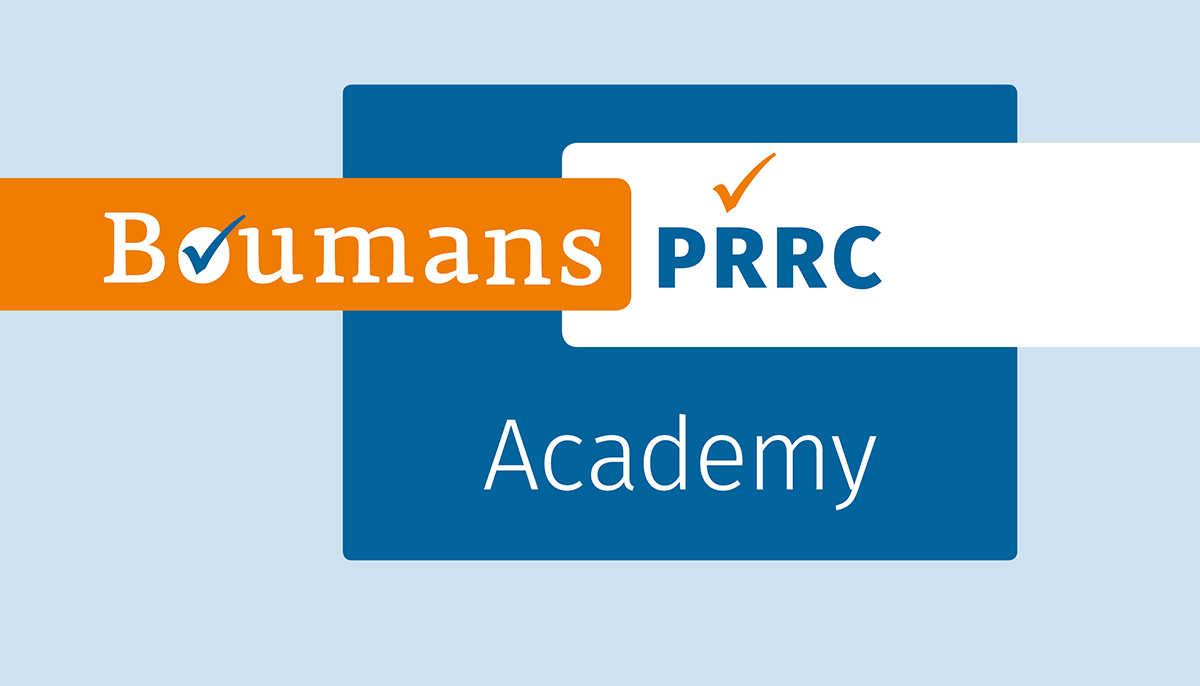Manufacturer versus importer/distributor
The MDR relates specific roles and responsibilities to manufacturers, importers and distributors. Only the manufacturer should therefore make changes to the information provided with the device and the packaging. However, sometimes the importer and/or the distributor make such changes. Article 16 of the MDR/IVDR sets out when such change puts a manufacturer responsibility on the importer or distributor and how to deal with a specific ‘grey’ area that is left.
In this tip of the week you can read when Article 16 places manufacturer’s responsibilities on an importer or distributor and when a special certificate is required.
Easy: the manufacturer takes all responsibilities
A distributor, like for example a large retail organization, could ask the legal manufacturer to put their logo and brand name on the device and have the outer packaging fully reflecting their corporate identity. If there is still a manufacturer symbol plus address details identifying the original manufacturer, the roles of both economic operators don’t change and the distributor does not become the legal manufacturer.
When changing a label, adding a translation to a device and/or when a device is repackaged and this is done under the responsibility of the manufacturer, this could be considered outsourced work and should be treated as such in the quality management system of that manufacturer. The importer or distributor becomes in a way a supplier of the manufacturer and this work should be covered under the declaration of conformity of the manufacturer. In such situation, Article 16 does not have any consequences.
By the way, Article 16 mentions the term ‘…a distributor or importer that carries out any of the activities…’. If this is done under the responsibility of the legal manufacturer, this is not carried out by these actors in the role of distributor or importer; this is outsourced by the manufacturer to a third party and remains under the responsibility of the manufacturer. It is not relevant that this particular third party is also acting as an importer or distributor.
In short: if an importer or distributor wants to stay clear from the role of the manufacturer, they should make sure the manufacturer takes all responsibilities.
Easy from a regulatory perspective, but potentially challenging: take over the role of manufacturer
An economic operator may take a device from anywhere in the world, add their details to it, change its intended purpose, its packaging or change any other aspect that may have an impact on the conformity of the device. In that case Article 16 sets out that they become the legal manufacturer and must assume all responsibilities that come with that. From a regulatory perspective, this is clear and straightforward. Obviously, in practice this can be complex to achieve, because this company will probably not have access to all data of these devices that are needed to create the technical documentation.
In short: think twice before taking over the role of the legal manufacturer.
Complex: perform specific modifications that have a limited impact on the conformity
Article 16 allows an importer to add translated user information to the devices. They may also repackage the device. In the case of sterile devices, this repackaging should not impact the sterile packaging of the device. The labelling should stay the same or at least the label remains in conformity and identifies the original manufacturer and, if applicable, the authorized representative. It is assumed this is done because this allows for an importer to do parallel importing, which is supposed to result in more competitive manufacturer pricing strategies.
However, providing user information and packaging of devices is also seen as a typical manufacturer’s responsibility. If these steps go wrong, this could have far reaching consequences for users. That is why Article 16(4) introduces a specific notified body certificate for these activities. This certificate should cover the quality management system of the importer or distributor, in particular the activities related to translation or repackaging. This certificate must be shared with the competent authority of their Member State at least 28 days prior to them making these devices available and they must also inform that competent authority as well as the legal manufacturer of this intention. On request they should provide a sample or mock-up of the repackaged devices and/or label to the manufacturer and the competent authority. In this way the manufacturer can include these modifications to their PMS plan and the competent authority is put into a position to initiate market surveillance activities.
Notified body certificate
MDCG guidance 2021-23 on certificates in accordance with Article 16(4) sets out that the notified body providing the certificate must be designated for the type of devices that are repackaged and/ or relabeled. The certificate will look into the quality management system of this economic operator, especially when it comes to:
- The accuracy of any translation;
- Preserving the original condition of the device;
- The quality and cleanliness of the package material;
- Contracts with suppliers of the devices regarding communication about corrective actions;
This quality management system should at least cover the documentation of the quality management system, resource management, assigning of responsibilities, information and management of corrective actions, traceability of devices and certain documents, control of documents and records and supervision of the implementation. The notified body also wants to perform on site audits as part of the certification and also as part of surveillance. In the case of the certificate has a validity not longer than 3 years, the notified body may skip the annual surveillance audit. In other cases the maximum validity of the certificate is 5 years.
In addition to that I think it is important for the importer or distributor to manage the risks in this process. For example, there are specific UDI related requirements for Class III devices and implants regarding identification of devices in distribution and in use.
Although the distinction between making changes to a device already placed on the market under the responsibilities of the manufacturer or under a different setup appear quite clear, there are some grey area’s left. Please reach out if you want to have your current relabeling or repackaging arrangements assessed. Next week I will focus on a some regulatory details related to Article 16 that appear to have been overlooked by the regulators. To be continued…





